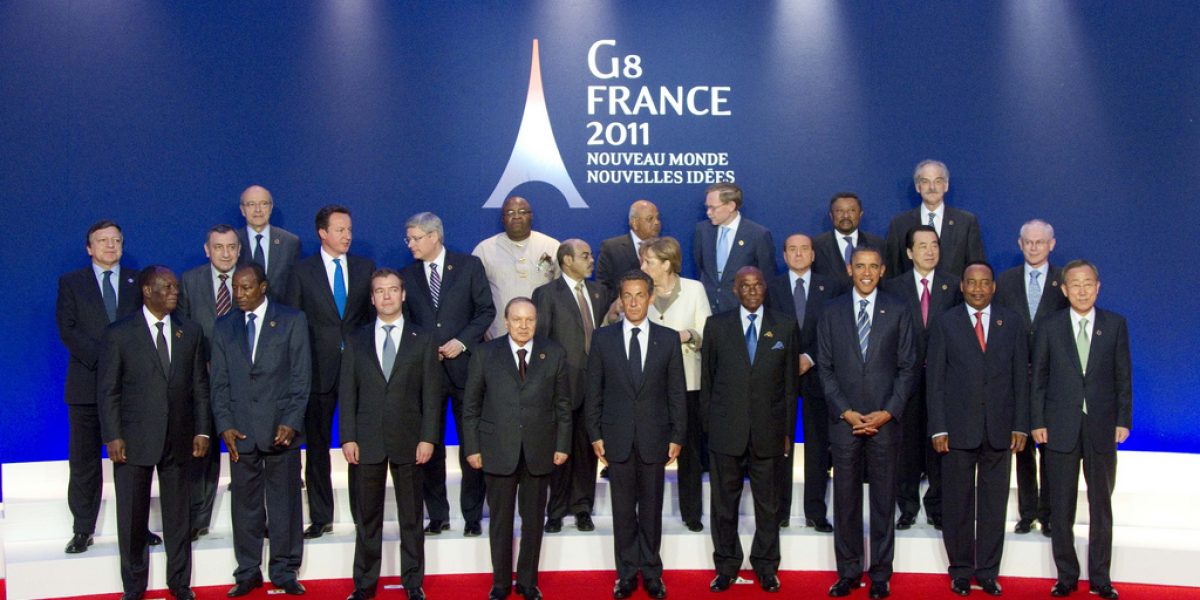Alongside the traditional members were representatives of the five big emergent countries – China, India, Brazil, Mexico and SA. This process of restructuring reveals the increasingly apparent legitimacy and efficiency gap in the institutional set-up, a deficiency that radiates out from the G-7 and G-8 summit arrangements to the international financial institutions, the World Trade Organisation and beyond. Tackling the most pressing global issues requires buy-in not only from the key industrialised countries, but also from developing ones with clout in their regions.
With about 200 states making up the international system today, consensus is an extraordinarily difficult proposition. Thus, even at the risk of breaking with principles of universality, agreement among a core group of states from the north and south becomes crucial both for immediate problem solving and innovative reform. These informal coalitions may require additional members, depending on the issue, but they will always require the mobilisation of the five emerging powers if they are to be effective.
Global power shifts can be dramatic events. The last major power shift began in the first half of the 20th century and was in the aftermath of the Second World War, which saw the creation of the United Nations (UN), the Bretton Woods institutions and a security umbrella for Europe underwritten by the US.
China’s phenomenal rise since the 1980s, followed by India, has begun to signal a new power shift, one that can be resisted or accommodated.
The leaders of the industrialised world are wisely recognising the need for accommodation en masse, with a more inclusive approach stretching across the agenda on a specific basis, from financial flows and trade imbalances to carbon emissions.
The participation of the five emerging economies at G-8 summits has become a built-in component of the summit process, with President Thabo Mbeki participating in every G-7 and G-8 summit since 2000.
The difference this year is the degree of institutionalisation, as these countries have appointed “sherpas” responsible for the preparations surrounding the summit.
The Group of 20 (G-20) finance ministers was established by then Canadian finance minister Paul Martin in the aftermath of the Asian financial crisis to include key developing countries such as SA, China, India, Brazil and Indonesia.
SA will chair this grouping this year. Its agenda has become quite broad and ambitious , reflecting both the important role of finance ministers, but equally the fact that the G-20 is a uniquely representative forum. While it may not include the majority of the world’s countries, it contains about two-thirds of the world’s population, 90% of its gross domestic product and 80% of global trade.
Both the G-8 and the G-20 are informal groupings. They cannot become the exclusive hub of global governance, nor should they. Yet, in the absence of significant progress in reforming the UN, the International Monetary Fund and the World Bank, such informal groupings become necessary and even credible vehicles for galvanising change in the larger architectural constellation.
Larger groupings may not be as like-minded as the G-7 has been in the past. However, responding to current and future challenges necessitates more substantial economic and political engagement with the developing world.
Such shape shifting will require shared responsibility in tandem with shared ownership.








